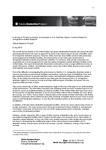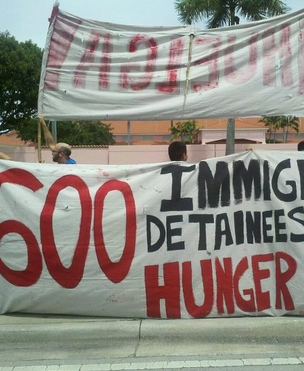The authors highlight efforts by undocumented youth in the United States to “infiltrate” immigration detention centres to argue that civil disobedience, a strategy often ignored by allies and advocates of immigrants, can be an effective tool to counter growing detention and deportation systems. […]
United States
Capitalism and Immigration Control: What Political Economy Reveals about the Growth of Detention Systems: GDP Working Paper #16
Assessments of the political economy of detention point to a key challenge that is common to countries across the globe: how economic insecurities of host population’s translate into xenophobia and ethno-nationalist demands for more deportations, detentions, and walls. […]
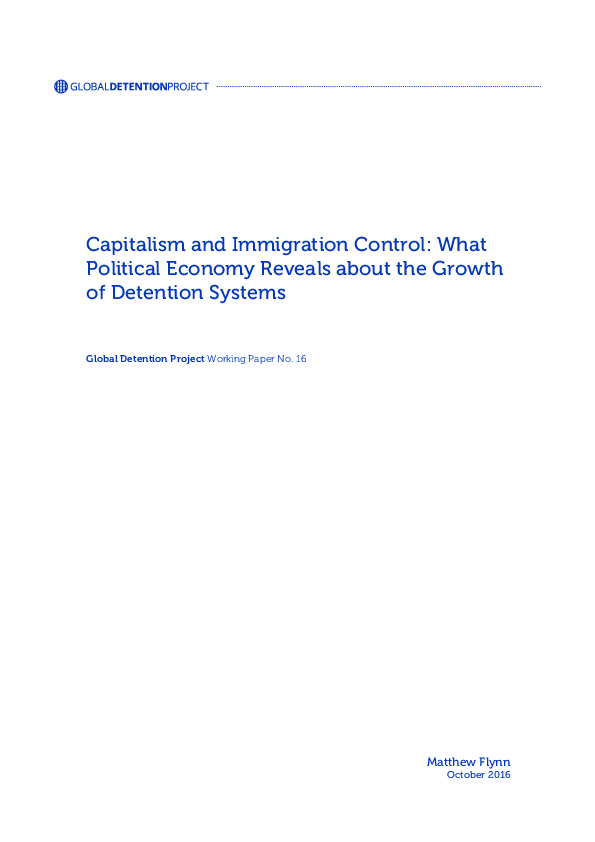
Engaging Governments on Alternatives to Immigration Detention
A leading organizer of the global effort to promote alternatives to immigration detention explores advocacy strategies for spurring detention reforms and the rationale behind the alternatives campaign. […]
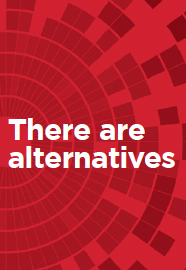
The Impact of Investigative Journalism on U.S. Immigration Detention Reform
An award-winning New York Times reporter reflects on the challenges journalists face in covering immigration detention and the failure of reform efforts in the United States. […]
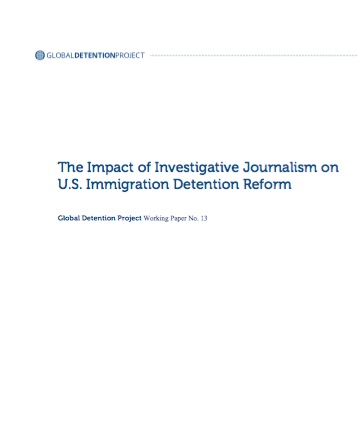
The Immigration Detention Puzzle
We should be shocked that so many countries fail to provide even basic details about their immigration detention practices. And yet, for those who have worked on this issue over the last two decades, the absence of public accountability about detention comes as no surprise.
[…]
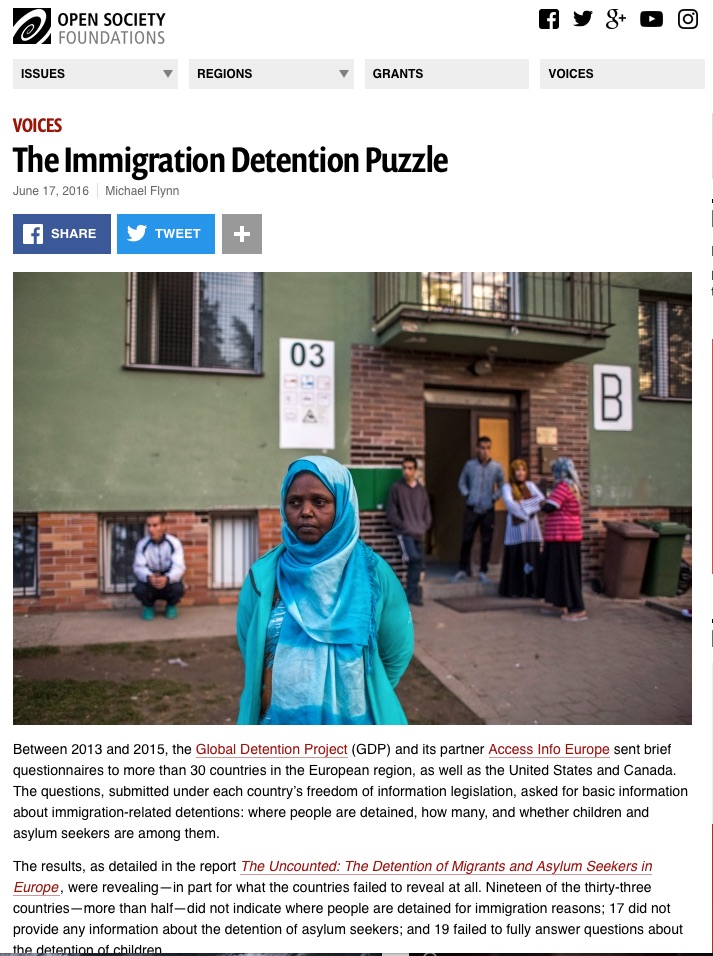
Immigration Detention in the United States
The United States operates the world’s largest immigration detention system. On any given day, the country has some 30,000 people in administrative immigration detention at an estimated cost of nearly $150 a day. In 2016, the combined budget of enforcement agencies was $19 billion. The country’s sprawling detention estate counts on some 200 facilities, including […]

There and Back Again: On the Diffusion of Immigration Detention
From Mexico to the Bahamas, Mauritania to Lebanon, Turkey to Saudi Arabia, South Africa to Indonesia, Malaysia to Thailand, immigration-related detention has become an established policy apparatus that counts on dedicated facilities and burgeoning institutional bureaucracies. Until relatively recently, however, detention appears to have been largely an ad hoc tool, employed mainly by wealthy states in exigent circumstances. This paper uses concepts from diffusion theory to detail the history of key policy events in several important immigration destination countries that led to the spreading of detention practices during the last 30 years and assesses some of the motives that appear to have encouraged this phenomenon. […]
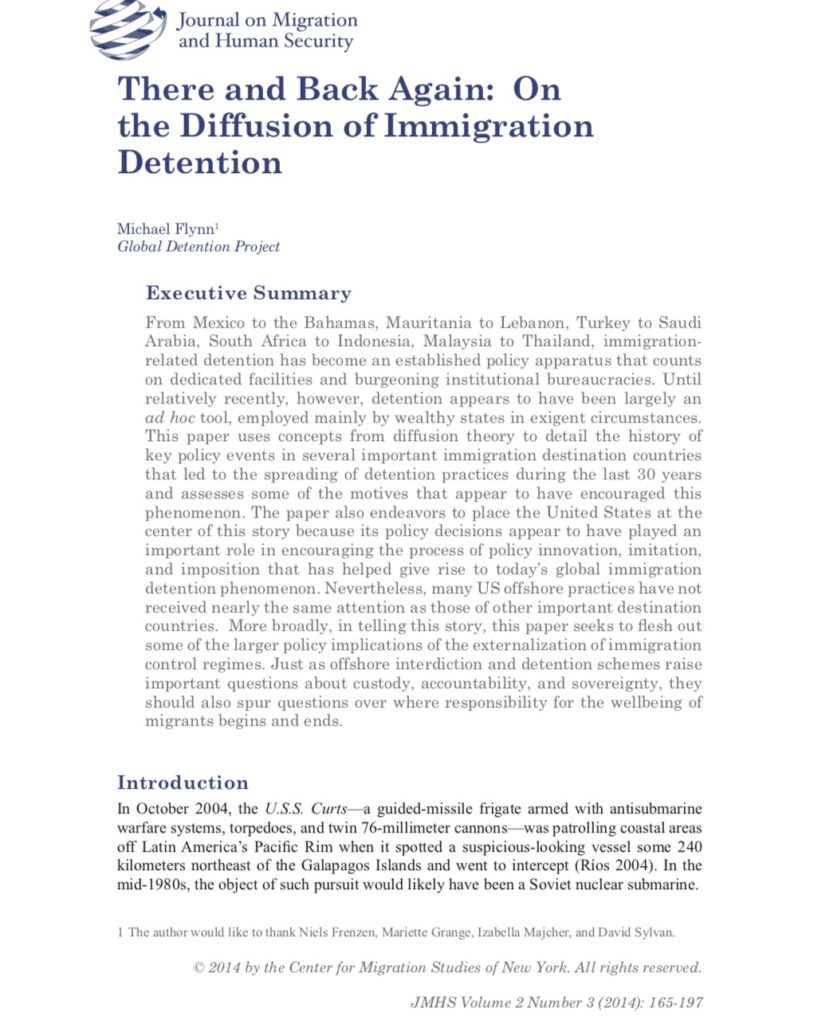
How and Why Immigration Detention Crossed the Globe
This paper details the history of key policy events in various countries that led to the global diffusion of detention practices during the last 30 years and assesses some of the motives that appear to have encouraged this phenomenon. In telling this story, this paper seeks to flesh out some of the larger policy implications […]

A Survey of Private Contractor Involvement in U.S. Facilities Used to Confine People for Immigration-related Reasons
The private prison industry in the United States has grown significantly during the last several decades and along with it there has been an apparent increase in the outsourcing of services at facilities used for immigration detention purposes. However, while much has been written about private ownership and management of detention facilities, the phenomenon of […]
